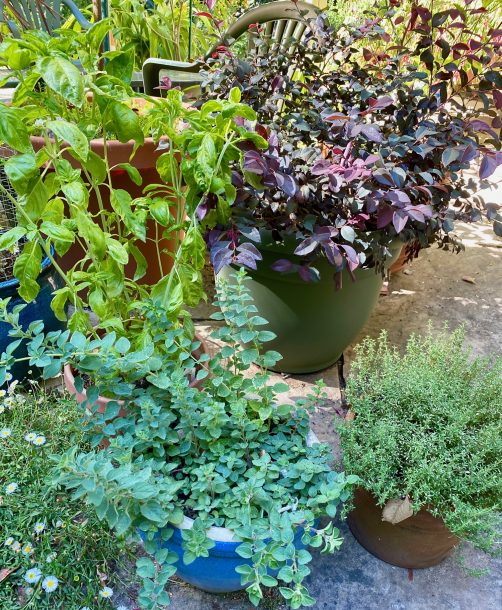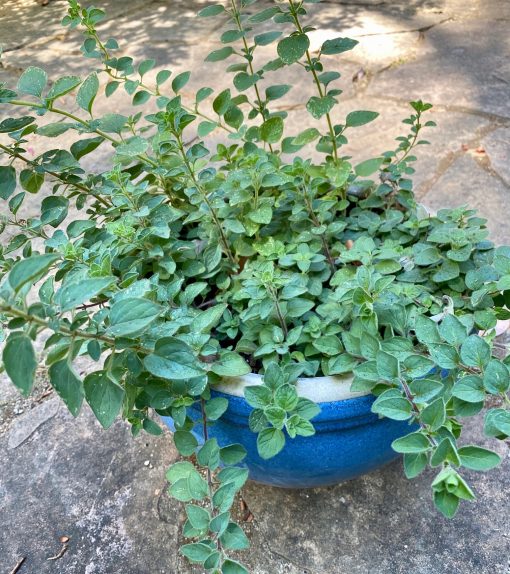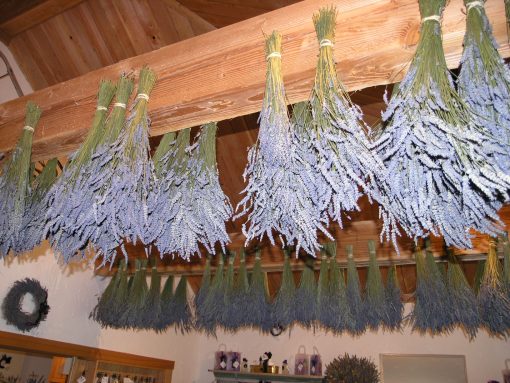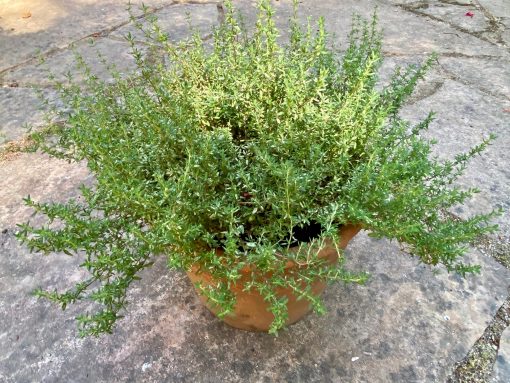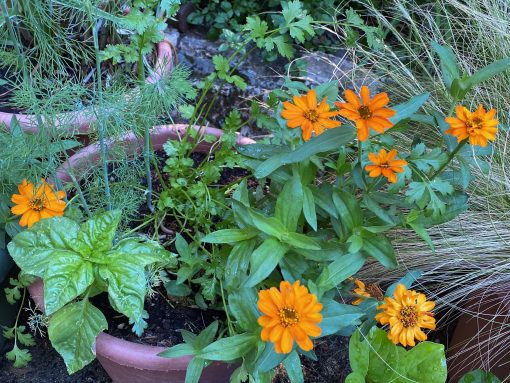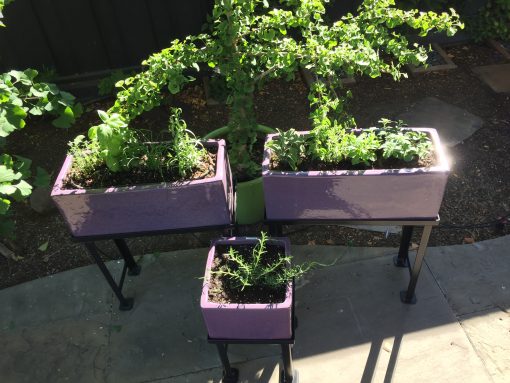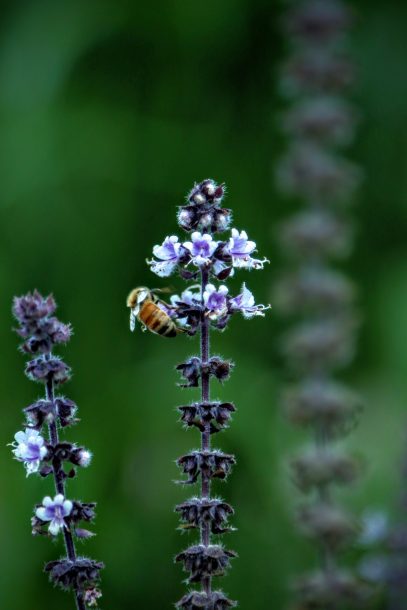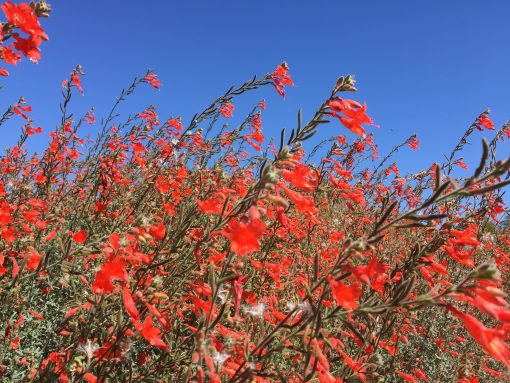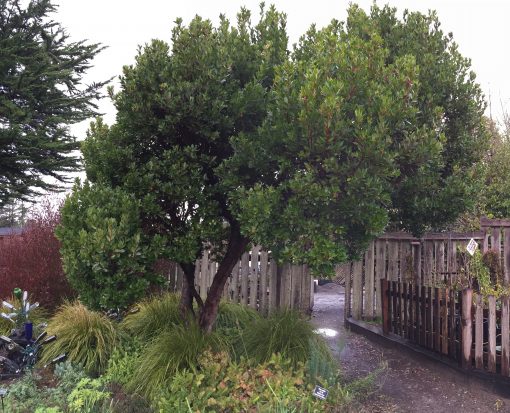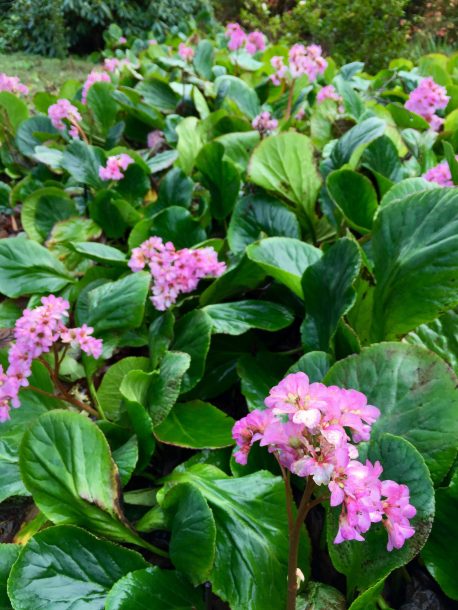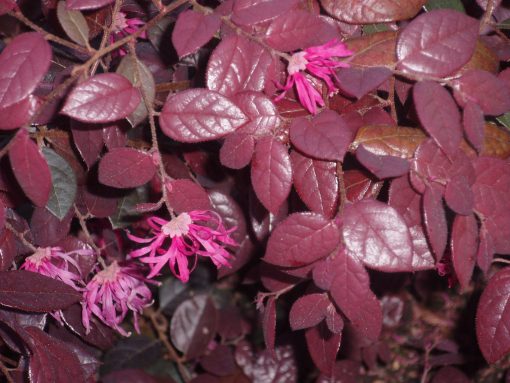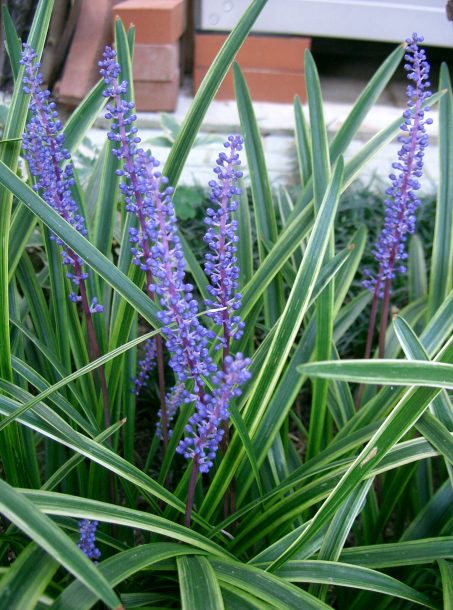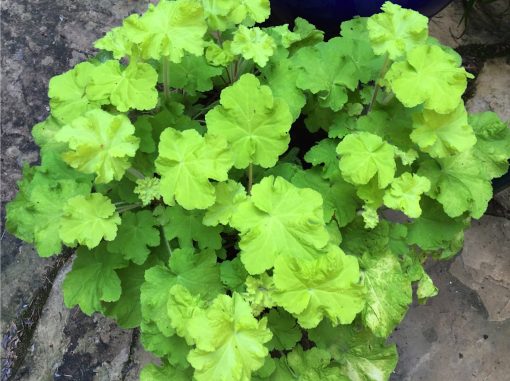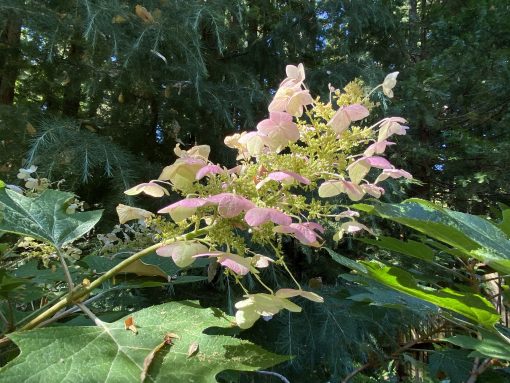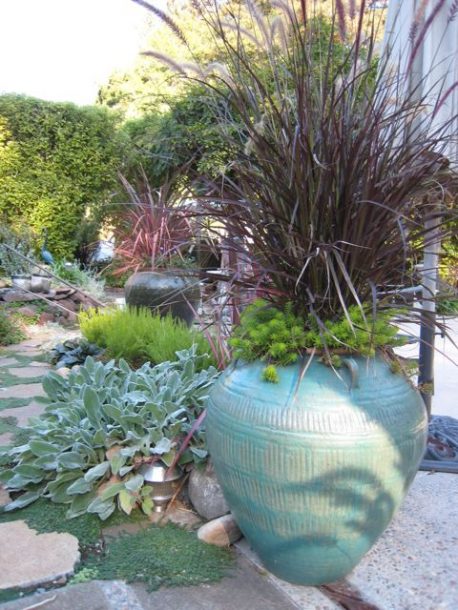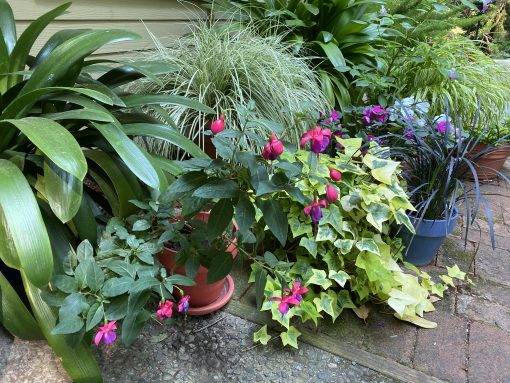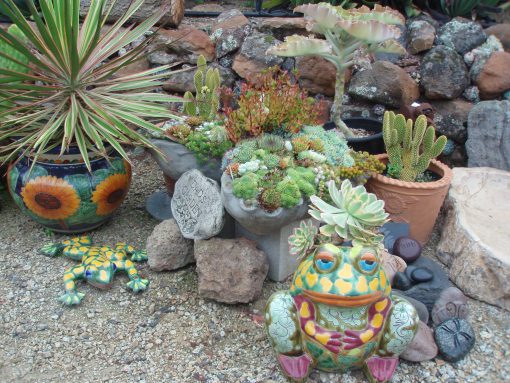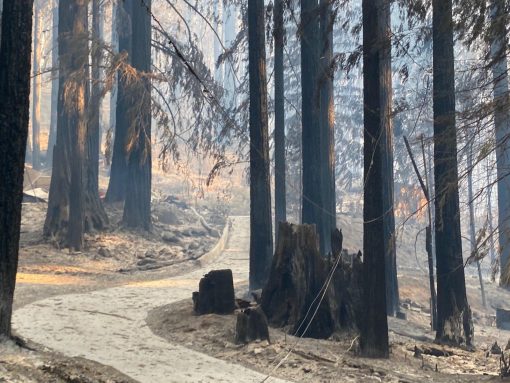
Like all of you, I?ve lived a lifetime in the past week and a half. With my power out for several days after the lightning storm in Bonny Doon, I was out of the loop without media or even water from the well. On Tuesday afternoon my friend Colly provided me with a place to shower and a delicious shrimp Louie salad. My dog Sherman and I went home later that afternoon. Power was back on and I was able to water all my plants and went to bed early. I knew nothing of any fires except the 35 acres on Monday north of Davenport. That didn?t seem out of control to me. So when my neighbor drove up my long steep driveway at 11pm and told me he had just driven by Crest Ranch and saw flames I started gathering pet supplies for Sherman and Archer the cat. Reverse 911 call had come in and also the Code Red Mobile Alert but I wouldn?t have heard them if not for the neighbor waking me up. And then I see Colly?s face on my cell about midnight when her call came in. ?Come on down, Sweet Pea?, she said. I left my house shortly after and took very little. After the Paradise fire I knew that 2 miles away was nothing for a wild fire out of control.
At Colly?s we settled in about 1:30 to get a few hours sleep. Mid afternoon we were evacuated from her house in Ben Lomond and a close fellow designer friend and her husband took us all in. They have been self isolating since March so to open their house to us was a big thing and we will be grateful to them for the rest of our lives.
I was hopeful that the fire maps showing spot fires only around my house were accurate but Thursday late afternoon a neighbor walked down my road before the hard road closures and texted me this picture he took from the bottom of my driveway. It?s hard to tell what remains of my brick house in the upper right hand corner of the photo. The detached garage, gardening shed and wood shed are gone as is the 5th wheel with sturdy awning on the lower right. I don?t know what remains of the 100 or so redwoods on my property. I think of my chipmunk families, owls, songbirds and hummingbirds that might not have been able to outrun the flames. Nature will heal itself and so will I.

